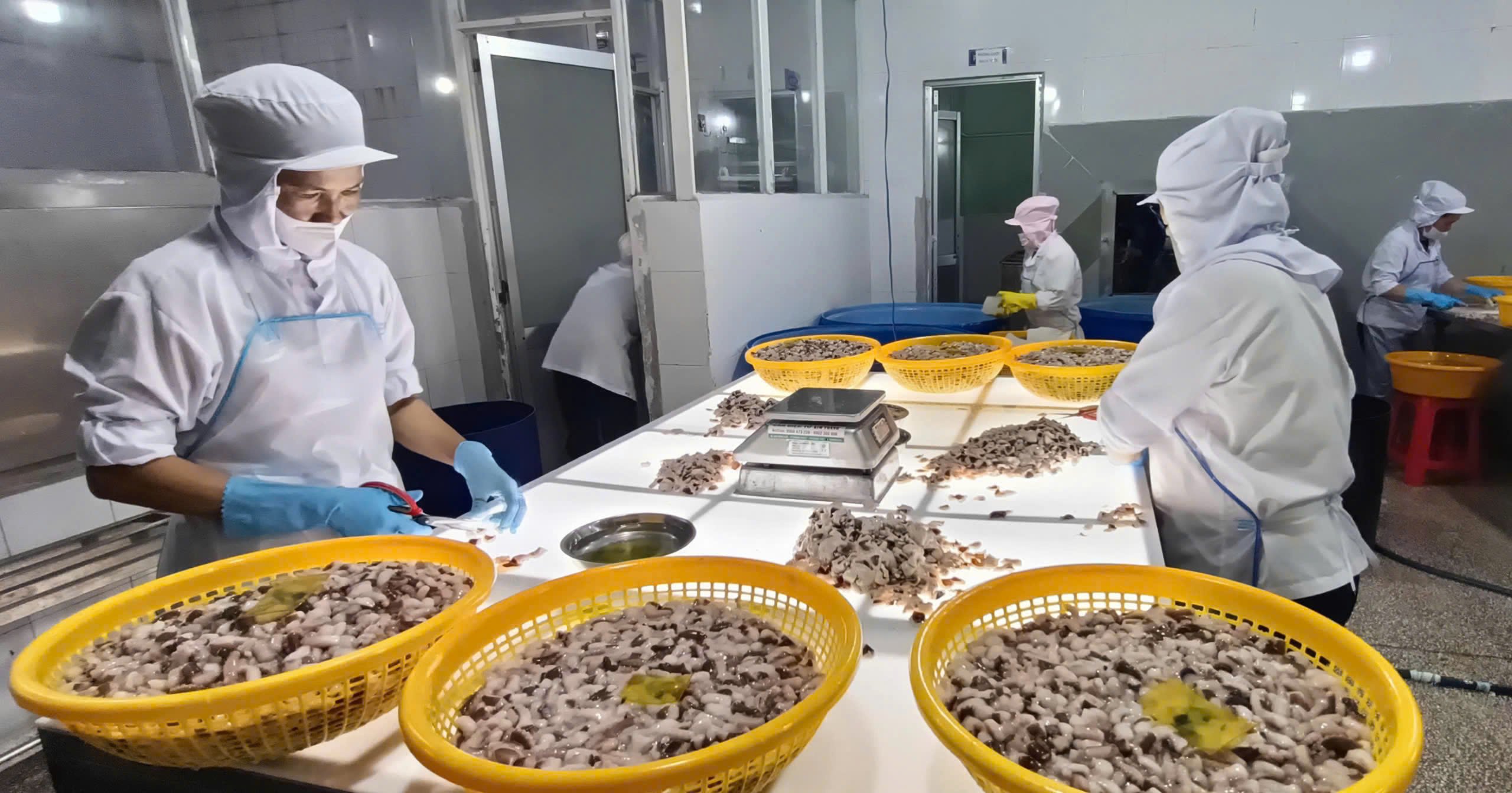 |
| Processing octopus for export at Dong Duong Seafood Processing Joint Stock Company (Vung Tau City). Photo: NGOC MINH |
Besides positive signals, the agricultural sector also faces many challenges such as decline in some key products, dependence on some large markets and pressure from increasingly strict international standards.
According to statistics from the Ministry of Agriculture and Environment, in the first four months of the year, all export groups recorded growth, of which agricultural products reached 11.6 billion USD (up 11.7%), forestry products 5.56 billion USD (up 11.2%), aquatic products 3.09 billion USD (up 13.7%), livestock products 178 million USD (up 16.8%), and production inputs 722 million USD (up 20%). Six items achieved export value of over 1 billion USD, with coffee (3.78 billion USD, up 51.1%) and wood (5.2 billion USD, up 5.8%) leading. However, rice and vegetable exports decreased by 14.3% and 14.2% respectively, indicating instability in some key industries.
In terms of markets, the United States, China and Japan remained the largest markets, but exports to China fell by 1.1% and to Asia by 1.3%, reflecting a high dependence on a few markets and the risk of imbalances when demand fluctuates. In contrast, Europe (up 37.7%) and Africa (up 78.4%) emerged as potential markets, opening up huge opportunities for market diversification.
On the other hand, import turnover increased by 16.6% to reach 15.97 billion USD, causing the trade surplus to decrease by 4.1% to 5.18 billion USD. This shows that pressure from high input costs, especially in the livestock products (up 27.8%) and aquatic products (up 29%), can affect the industry's profits and competitiveness.
The agricultural and environmental sectors are facing the risk of overheating, typically in the durian sector, where the planting area exceeds the planning and the quality is not consistent. The heavy dependence on China is also a big risk, as this market decreased by 1.1% and applied stricter control measures.
According to Mr. Tran Gia Long, Deputy Director of the Department of Planning and Finance, the Ministry of Agriculture and Environment is focusing on long-term strategies to promote sustainable growth and increase added value for industries. Typically, coffee, rubber and pepper recorded impressive growth in prices (coffee increased by 67.5%, pepper increased by 62.5%, rubber increased by 30.2%), showing great potential in increasing export value. The Ministry will continue to restructure the industry, applying high technology in production and processing to maintain quality and increase productivity.
To solve this problem, the Ministry of Agriculture and Environment identified the need to promote market diversification, improve product quality, and build a modern logistics system to reduce costs and increase supply chain efficiency.
In addition, digital transformation and the application of science and technology are core factors to improve productivity and meet international standards. For example, building an agricultural product database and a traceability system will help increase transparency, meeting the requirements of markets such as the EU and the US. The media also plays an important role in promoting the brand of Vietnamese agricultural products, especially in new markets.
XUAN NGUYEN
Source: https://baobariavungtau.com.vn/kinh-te/202505/xuat-khau-nong-lam-thuy-san-tang-107-1041842/




![[Photo] Prime Minister Pham Minh Chinh attends the event "Digital transformation of the banking industry by 2025"](https://vphoto.vietnam.vn/thumb/1200x675/vietnam/resource/IMAGE/2025/5/29/0e34cc7261d74e26b7f87cadff763eae)


![[Photo] Prime Minister Pham Minh Chinh receives leaders of Excelerate Energy Group](https://vphoto.vietnam.vn/thumb/1200x675/vietnam/resource/IMAGE/2025/5/29/c1fbe073230443d0a5aae0bc264d07fe)




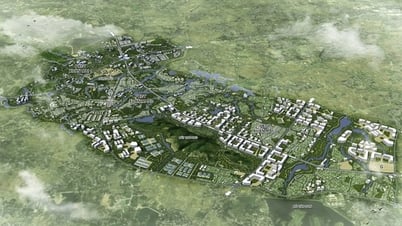



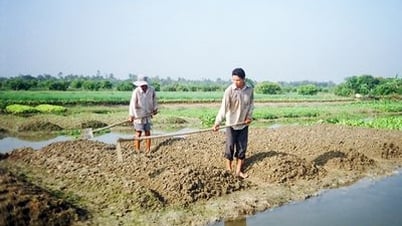










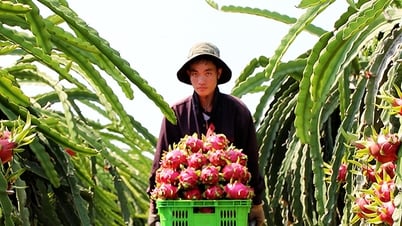

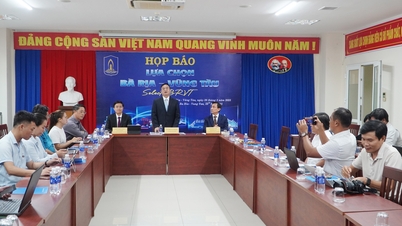
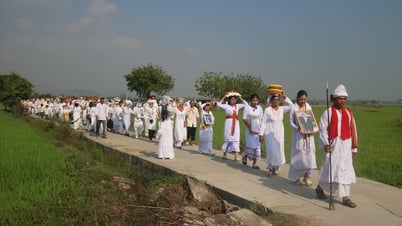



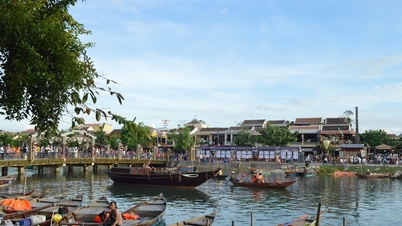

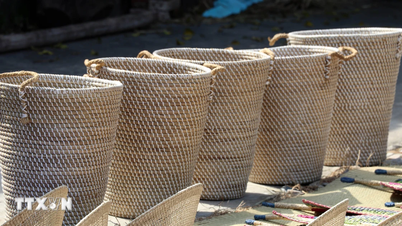














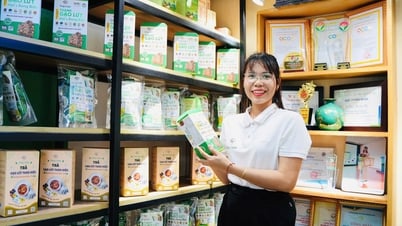
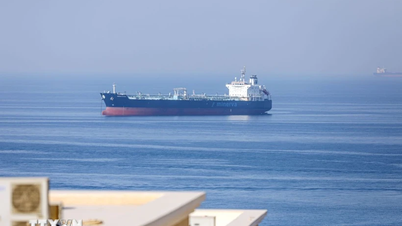







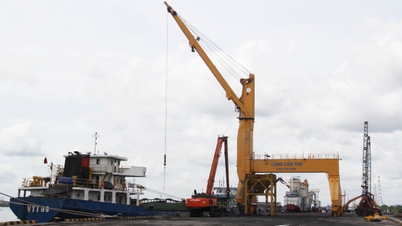







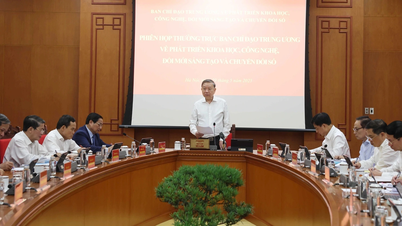

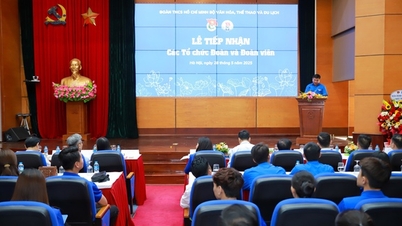

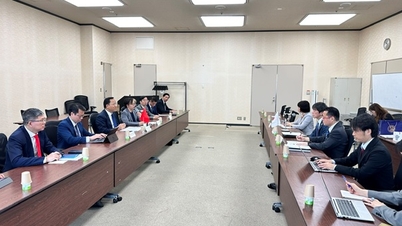



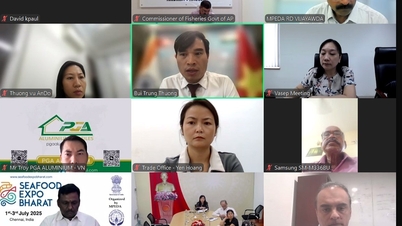
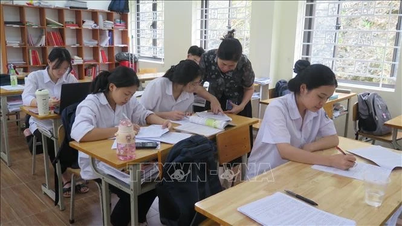

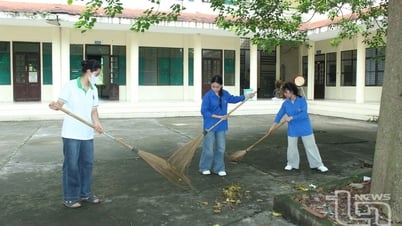



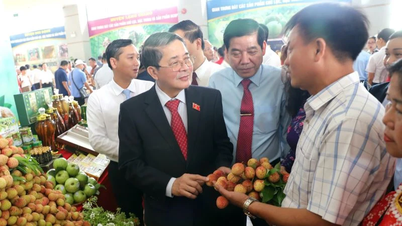



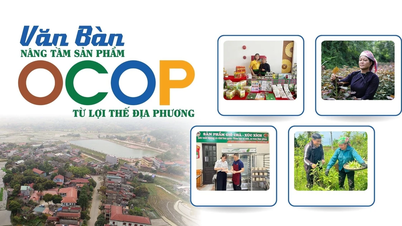

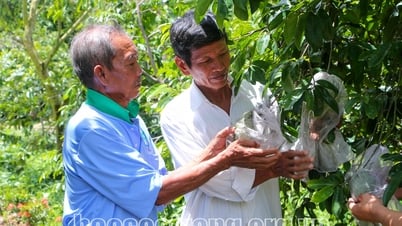

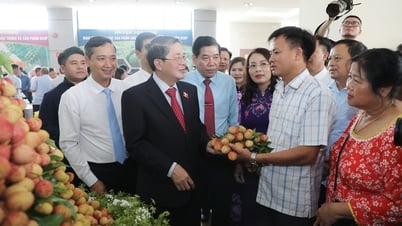




Comment (0)